- Posts: 2288
Busy does not equal productive
“Time to get busy!”, we say.
But every once in a while, I hear someone stand tall and proud, gloating about how busy he is.
I mean, sure… busy is better than not busy.
But busy does not equal productive.
You are busy when you have your time occupied.
You are productive when your efforts translate into results.
How often have you heard someone complain they want to do something new (workout, take up a class, write, paint, etc.) but they just don’t have the time?
We all have the same 1440 minutes a day. Why do some people manage to get things done and others don’t?
Covey’s Important vs. Urgent Matrix
In the book 7 habits of highly effective people, Stephen Covey proposes that activities can be broken down into two variables: urgency and importance.
Activities are urgent if they compel a person to act immediately. They are not urgent if they can be postponed. A phone ringing is urgent, because if we do not answer it, we miss the call. So is a fire, because ignoring it might lead it to spreading out and burning down the house.
Activities are important if they are meaningful to a person or have a long-lasting impact on their lives. For example, completing a deadline at work might be important if we want to keep our jobs. Spending time with our family might also be important to us because we care about our relationship with them.
These two variables intersect, forming 4 distinct boxes (or quadrants) into which activities fall into:
The first quadrant includes activities which are both urgent and important. A fire breaking out, facing foreclosure, an imminent threat to our well-being, a deadline at work, all fall into this category.
The second quadrant includes activities which are not urgent but are important. Visiting a relative you haven’t seen in a while or exercising are examples of this quadrant. The activities here are meaningful to us, but we have nothing compelling us to act right away.
The third quadrant includes activities which are urgent but are not important. Some phone calls, some emails, and other activities which are time-defined, but are not deeply meaningful to us fit this category.
The fourth quadrant includes activities which are neither urgent nor important. Most leisurely activities fit this category.
Effective time management
Just to clarify, there are no evil quadrants. You are free to enjoy any activities that you like. Just make sure that you are conscious about where your time is going, because you never get it back.
You might have noticed by now that the first and third quadrants are reactive. Urgent matters make us react, they more or less trap us into dealing with them. Just make sure that the matters you are reacting to are the ones that truly matter, the ones that belong in the first quadrant (i.e., are important). Some phone calls can go unanswered, some texts can be dealt with later. Sometimes, the world will go on without your intervention.
The second quadrant is the most interesting. It includes all the activities we hold dear, yet we are not pressed by time to pursue them. Yet all improvement occurs in this quadrant. Want that better body? Working out is second quadrant material. Want to start a business? No one is going to push you to do it (you know, unless you are starving, unemployed, and starting a business is your only option). This quadrant requires us becoming proactive.
Thus, the next time you find yourself saying “I’m too busy”, take a good look, and make sure your busy is not just reactionary.
Netflix can wait.
That group chat can wait.
That second quadrant is waiting for you. All your goals and dreams are there.
Don’t keep them waiting.
The pessimist complains about the wind;
The optimist expects it to change;
The realist adjusts the sails.
- William Arthur Ward
Please Log in to join the conversation.
- Carlos.Martinez3
-

- Offline
- Master
-

- Council Member
-

- Senior Ordained Clergy Person
-

- Posts: 7985
Pastor of Temple of the Jedi Order
pastor@templeofthejediorder.org
Build, not tear down.
Nosce te ipsum / Cerca trova
Please Log in to join the conversation.
Carlos.Martinez3 wrote: I love this ! I may quote you or the post if you don't mind?
I'd love that, go ahead!
The pessimist complains about the wind;
The optimist expects it to change;
The realist adjusts the sails.
- William Arthur Ward
Please Log in to join the conversation.
-Simply Jedi
"Do or Do Not, There is No Talk!" -Me
Tellahane's Initiate Journal
Tellahane's Apprenticeship Journal
Tellahane's Holocron Document
Tellahane's Knight Journal
Tellahane's Degree Journal
Please Log in to join the conversation.
Tellahane wrote: Here is an interesting question, to which quadrant do you fit meditation and why? Everyone will probably have some differences in answers to that question
II recreation, planning, new opps, production all can occurs during or because of meditation
Please Log in to join the conversation.
Tellahane wrote: Here is an interesting question, to which quadrant do you fit meditation and why? Everyone will probably have some differences in answers to that question
To provide some context, before discussing the quadrants, Covey has a chapter on establishing a personal mission statement, which involves a visualization exercise to reveal what one values.
Thus, if meditation is seen as a tool for improving physical/emotional health and/or as a way to practice/improve spirituality, and either of those are valuable to the individual, then meditation would allign into the important (profoundly significant to our lives) but not urgent (as no one is ever going to push you to meditate. Thus it would fit the second quadrant.
If meditation is not seen as alligning with any important value, it would be classified under the fourth quadrant.
Personally, I would go with quadrant 2.
The pessimist complains about the wind;
The optimist expects it to change;
The realist adjusts the sails.
- William Arthur Ward
Please Log in to join the conversation.
And I would say meditation is quadrant 2 as well.
Please Log in to join the conversation.
Please Log in to join the conversation.
I suppose it depends on what role the new visual representation plays. Is it meant to depict great or lesser importance? Urgency? What would assigning meaning to the location on the quad chart do for you? Maybe a little personalization of it, perhaps? I think it's meant to be broadly conceptual...and you could certainly dig into it and make it your own with some more specifics.
Jedi Knight
The self-confidence of the warrior is not the self-confidence of the average man. The average man seeks certainty in the eyes of the onlooker and calls that self-confidence. The warrior seeks impeccability in his own eyes and calls that humbleness. The average man is hooked to his fellow men, while the warrior is hooked only to infinity.
Please Log in to join the conversation.
Goken wrote: New thought. Would it be more helpful to make that a graph where things can be in different places within each quadrant or is simply putting them in one of the four good enough?
Putting them in one of the four should be sufficient. While being more detailed than that can be useful if you have a lot of items on your plate, you need to guard against devoting yourself to organising and prioritising rather than achieving. The aim of this tool is to direct you to those tasks which most effectively occupy your time, but if you spend that time categorising you won't complete any of them.
Covey specifically states you should spend most of your time in the second quadrant (though you may find yourself in the first quadrant quite a bit until you get used to the system or if you've been procrastinating for a while). Interestingly, I was watching a TED talk the other day which bucked the 'stop procrastinating' bandwagon instead explaining that procrastination is your brain's way of resting the prefrontal cortex (used for analytical decision making) which suggests that even quadrant 4 shouldn't be neglected as tasks that fall there may still be beneficial (in a sharpening the saw sense for those of you who have read Covey's works).
Thanks for posting this Manu.
Please Log in to join the conversation.

